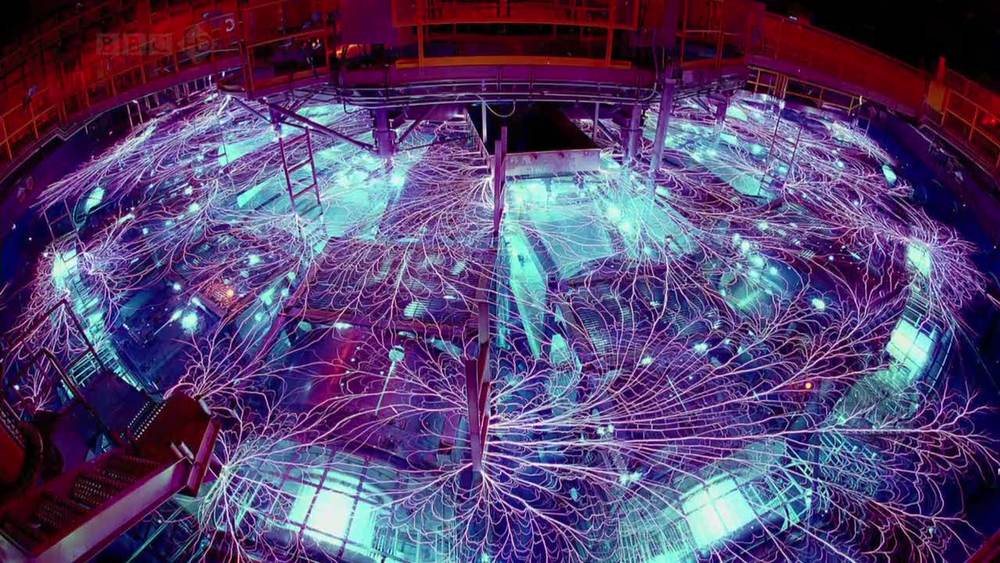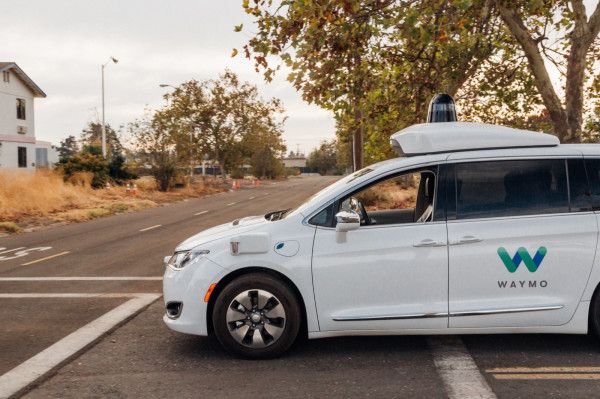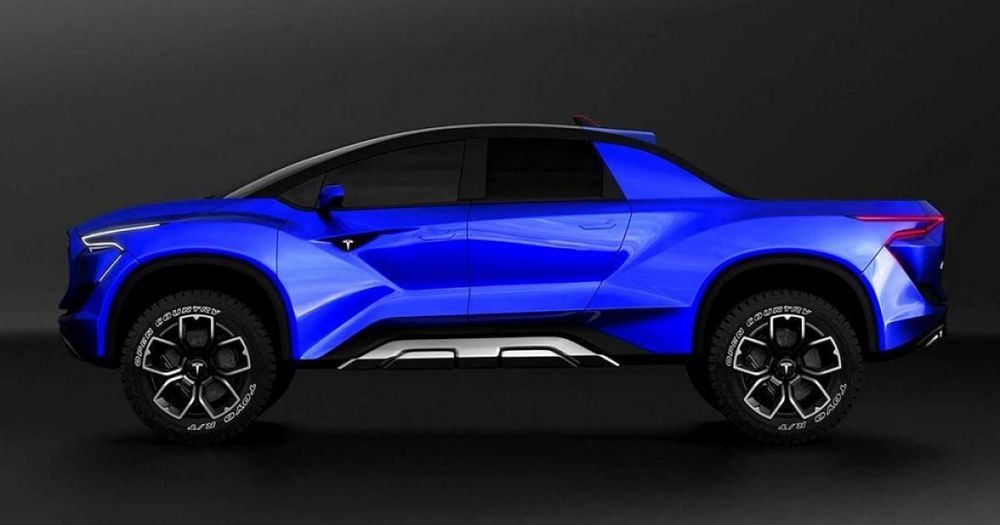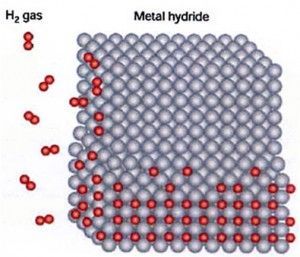A grid full of 10 giant coaxial octocopters, each with a pilot on board, racing each other head-to-head through the air at speeds up to 200 km/h (120 mph)? That’s exactly what the Airspeeder racing series is set to introduce in 2020 with the aim of being a kind of Formula One for flying cars.
Category: transportation – Page 466

Self-Assembling Microrobots Can Be Programmed To Form A Tiny Car
Researchers at Germany’s Max Planck Institute for Intelligent Systems have developed a new type of self-assembling mobile micromachine that can be programmed to assemble into different formations — ranging from a tiny car to a miniature rocket. Here’s what’s next for the project.
You can win this Tesla-powered old-school VW Bug
One of the coolest electric conversions we have ever seen, an old-school VW Bug powered by Tesla batteries, is being given away for a good cause.
Zelectric, a California-based company specializing in electric conversion, has equipped a 1958 VW Bug with their conversion kit, including an electric motor and Tesla battery modules.
They describe the vehicle:

NASA’s cold fusion tech could put a nuclear reactor in every home, car, and plane
The cold fusion dream lives on: NASA is developing cheap, clean, low-energy nuclear reaction (LENR) technology that could eventually see cars, planes, and homes powered by small, safe nuclear reactors.
When we think of nuclear power, there are usually just two options: fission and fusion. Fission, which creates huge amounts of heat by splitting larger atoms into smaller atoms, is what currently powers every nuclear reactor on Earth. Fusion is the opposite, creating vast amounts of energy by fusing atoms of hydrogen together, but we’re still many years away from large-scale, commercial fusion reactors. (See: 500MW from half a gram of hydrogen: The hunt for fusion power heats up.)
LENR is absolutely nothing like either fission or fusion. Where fission and fusion are underpinned by strong nuclear force, LENR harnesses power from weak nuclear force — but capturing this energy is difficult. So far, NASA’s best effort involves a nickel lattice and hydrogen ions. The hydrogen ions are sucked into the nickel lattice, and then the lattice is oscillated at a very high frequency (between 5 and 30 terahertz). This oscillation excites the nickel’s electrons, which are forced into the hydrogen ions (protons), forming slow-moving neutrons. The nickel immediately absorbs these neutrons, making it unstable. To regain its stability, the nickel strips a neutron of its electron so that it becomes a proton — a reaction that turns the nickel into copper and creates a lot of energy in the process.


Waymo starts self-driving pick-ups for Lyft riders
Autonomous driving company Waymo has launched its tie-in with Lyft, using a “handful” of vehicles to pick up riders in its Phoenix testing zone, per CNBC. To be eligible, Lyft users requesting a ride have to be doing a trip that both starts and ends in the area of Phoenix that it’s already blocked for for its own autonomous testing.
The number of cars on the road is less than 10, since Waymo plans to eventually expand to 10 total for this trial but isn’t there yet. Those factors combined mean that the number of people who’ll get this option probably isn’t astronomical, but when they are opted in, they’ll get a chance to decide whether to go with the autonomous option via one of Waymo’s vans (with a safety driver on board) or just stick with a traditional Lyft.
Waymo and Lyft announced their partnership back in May, and the company still plans to continue operating its own Waymo One commercial autonomous ride-hailing service alongside the Lyft team-up.
What Could Possibly Be Cooler Than RoboBee? RoboBee X-Wing
They used to call it RoboBee—a flying machine half the size of a paperclip that could flap its pair of wings 120 times a second. It was always tethered to a power source, limiting its freedom. Now, though, RoboBee becomes RoboBee X-Wing, as Harvard researchers have added solar cells and an extra pair of wings, freeing the robot to blast off to a galaxy far, far away. Or at least partway across the room, as it can sustain flight for only half a second, and only indoors.
But hey, baby steps. The teeniest of quadrotors measure a few inches across and weigh a third of an ounce. RoboBee X-Wing is about the same size as those untethered fliers, but weighs a hundredth of an ounce, which earns it the distinction of being the lightest aerial vehicle to manage sustained untethered flight. One day that could make it ideal for navigating tight, sensitive spaces in a galaxy very, very near.
You’ve read your last complimentary article this month. To read the full article, SUBSCRIBE NOW. If you’re already a subscriber, please sign in and and verify your subscription.

New Tesla Pickup Truck Costs Just $49,000 And Will Topple The F-150s
Tesla and the electric cars they produce are renowned for their sleek design and high tech capabilities. There is currently a saloon car (Model S), a budget version (Model 3), an SUV (Model X) and of course, the famous Roadster model which was launched into space by Elon Musk himself. There’s also a mid-sized car which is planned to be released later this year — the model Y, which is in between an S and an X. So, what’s missing from this luxury vehicle line-up? A pickup truck, of course! Tesla’s got that covered as well!
The latest Tesla model that Elon Musk has revealed is an electric pickup truck. Currently, it’s just a rumor and there has been no leak of the design or any details about this truck. That said, there is no shortage of speculation and many people seem to have their own opinions on the appearance of the new Tesla truck. However, one thing that is known is Tesla’s are expensive. Not only the design but the interior and the technology they scream luxury and offer amazing comfort. They are arguably some of the best electric vehicles on the market today but costs can run upwards of $100,000 for the latest models.
So, as anyone would expect, the new pickup truck was predicted to cost in the region of high five-, maybe even low six-figures. However, the price range has been revealed and it’s shocked everyone — apart from the Model 3, this could be one of the cheapest Tesla cars ever produced.

